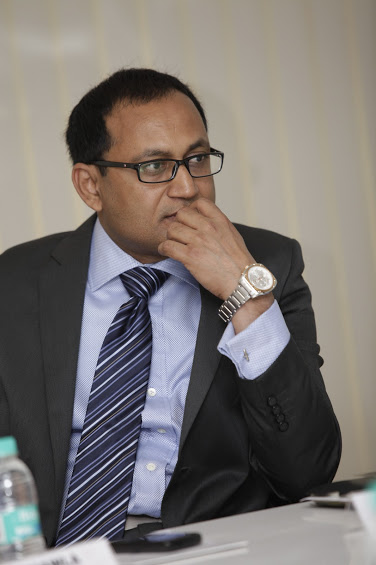
In the last five years of our editorial journey our constant endeavor has been to establish Track2Realty as a constructive critic of Indian real estate. In the process we have also succeeded in setting up a few benchmark along the way where Track2Realty has been accepted as the milestone of high quality journalism.








